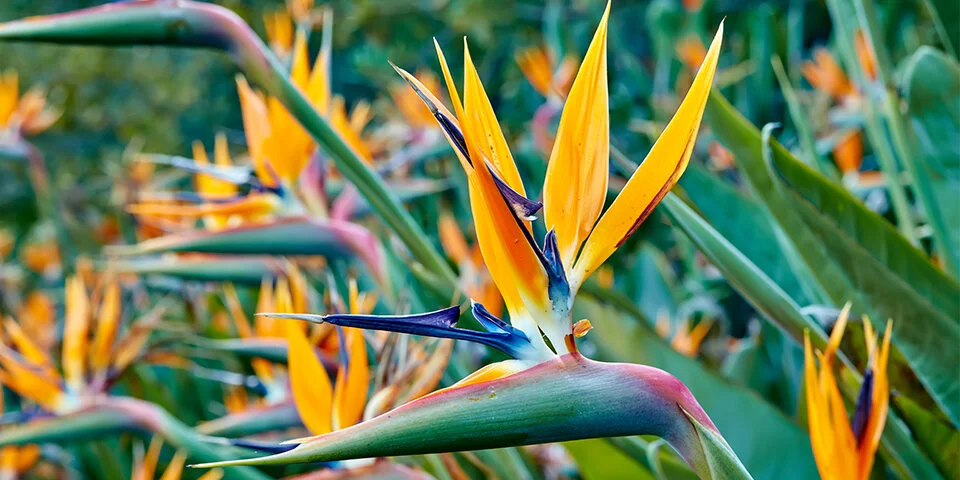Eleven years have gone by since I last wrote about corn and it's time for an update. Many of our friends are surprised at our success in growing corn in foggy La Jolla, since one has a mental picture of tall stalks waving in the breeze under a scorching midwestern sun. In fact, it's one of our most reliable summer crops, keeping us well supplied from late May until mid-November. The heirloom varieties of corn that you remember from childhood, like Golden Bantam, have a rich flavour and are very sweet when first picked. Conversion of sugar to starch begins immediately after harvest and proceeds rapidly over a few hours. That was the source of the old maxim, "be sure that the water is boiling before you cut the ear". Over the years the breeders have enhanced the sweetness and have increased the holding ability of their varieties by developing the 'se' trait, which both increases the sugar content and inhibits the conversion of starch to sugar. A further improvement was made with the Super Sweet shrunken 2 (sh2) gene resulting in even more sweetness and very delayed starch formation. The result is that the corn you buy from the supermarket has quite an acceptable quality and we can cut all of the ears from a planting when they are at the ideal stage of maturity with very little deterioration when we keep them in the refrigerator for a week or more.
We have grown several varieties over the years, beginning with Illini X-tra Sweet and Ruby Queen. Fifteen years ago, we switched to the bicolour, 274A, which allegedly combined the extra sweetness conferred by the 'sh2' trait with the tenderness of the 'se' types. It lived up to the claims and we stuck with that variety until four years ago. Then, intrigued by the glowing description in the Stokes catalogue, we tried the yellow variety, 'Elle'. It was definitely superior to 274A, both for eating quality and for vigorous growth. As I wrote earlier this year, Stokes will no longer provide US customers with quantities of seed suitable for the home gardener and so we turned to the developer, Harris Seeds. I couldn't buy fewer than 1000 seeds but was able to share some of the abundance with friends and family.
'Elle' belongs to a group of varieties dubbed "Quality Elite" by Harris and described in their literature as "the best tasting, highest quality sweet corn available on the market today." We would agree with their claim and have received enthusiastic confirmation from several friends. For those of you who worry about such things, I should add that 'Elle' is not a GMO product. Harris does have a line of seeds called "Biotech Sweet Corn" but they are available only to registered growers who have signed a stewardship agreement.
After nearly half a century of growing corn, we have our technique down to a science. With the goal of getting nine to a dozen plants, I put three seeds per cell into a 6-pack. These are ready to set out when the seedlings are about six inches in height. The roots may be tangled but the young plants don't seem to be bothered much, even if they have to be torn apart. I plant them about eight inches apart in three or four rows to assist wind-pollination. After a couple of days I sprinkle about an ounce of granular balanced fertilizer around each plant and water it in thoroughly. I make six or seven plantings per season, the first early in March and the last in mid-August.
Since I have ben spraying the silks with spinosad, the European corn borer has not been a problem. We did have some damage on the first planting this year and I realized that the two-year old spinosad had lost its kick. We've had no further trouble after I bought a new bottle. Aphids can be very numerous on the husks of the mature cobs, but they don't seem to affect the quality of the edible portion. We have had significant problems with the corn blotch leaf miner, though it is described as "an occasional pest that feeds within corn leaves but does not usually result in potential yield loss". I'll leave further discussion to a future article.
